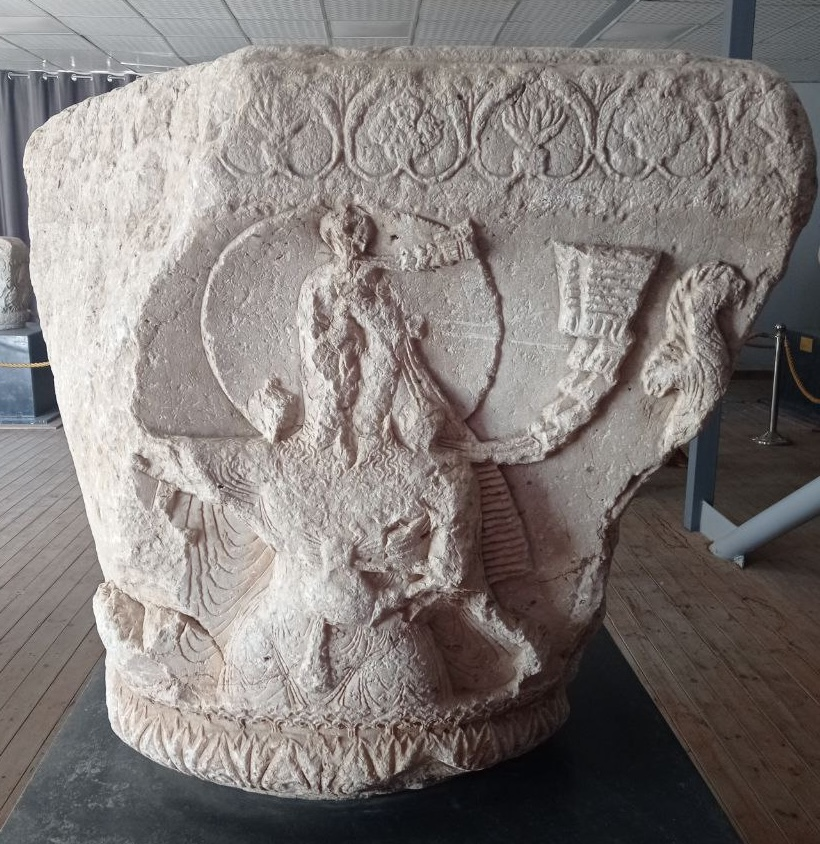Horseman and griffin, Phrygian, 600–550 BC, collection of Ancient Greek (???) antiquities, Rijksmuseum van Oudheden. There seem to be no strife between the horseman, who is not even armed, and the griffin...So what does this scene mean? Love the triskelion... #MythologyMonday 

Winged lions, dragons, symbols of summer heat, are known to bring with them Thunder gods. Like in Sumerian mythology. Thunderstorms following drought...Eagles are known Thunder god symbols...Phrygian main deity Sabazios, was equated with Zeus but he was also a horseman god???
So maybe this just shows rains (thunder god as a horseman) arriving at the end of summer (griffin)...Who knows...
• • •
Missing some Tweet in this thread? You can try to
force a refresh























